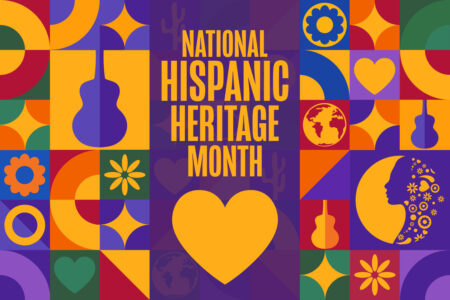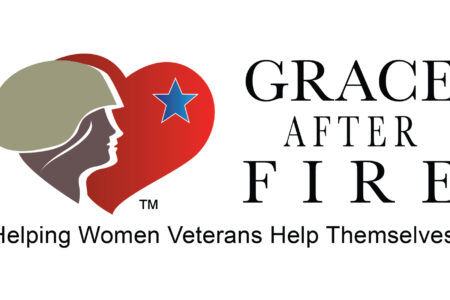
Share On Social!
U.S. Latino and multiracial children face higher exposure to adverse childhood experiences (ACEs) than non-Latinos, according to a new national survey.
Overall, nearly 62% of survey respondents had at least one ACE, according to a CDC analysis of data from the latest Behavioral Risk Factor Surveillance System, an annual phone survey on the health of a nationally representative sample of 400,000 Americans.
About 24% reported experiencing one ACE, 13% two ACEs, 9% three ACEs, and 16% four or more ACEs.
Mean ACE scores were higher among:
- Latinos compared with whites;
- females compared with males;
- those with less than a high school education than those completing high school or more;
- those who make less than $15,000 a year compared with those in all other income brackets; and
- those who report being unemployed or unable to work compared to being employed.
Multiracial people and bisexuals had the highest risk of ACEs.
“The variation of ACEs across demographic groups supports literature showing that social and structural conditions contribute to the risk of exposure to childhood adversity and that exposure to ACEs may exacerbate inequities in health, social, and economic outcomes across generations,” according to the CDC researchers.
The New Data on ACEs
The annual Behavioral Risk Factor Surveillance System (BRFSS) is a nationally representative telephone survey of more than 400,000 noninstitutionalized adults regarding their health-related risk behaviors, chronic health conditions, and use of preventive services.
Currently, the BRFSS has three parts:
- Core component, consisting of the fixed core, rotating core, and emerging core.
- Optional modules
- State-added questions.
All health departments must ask the core component questions, like tobacco use and seatbelt use; however, the modules are optional.
ACEs questions were optional from 2009-2012, and added on a state by state basis since then.
From 2011 to 2014, 23 states included ACEs items in the BRFSS.
The ACEs assessment consists of 11 questions on exposure to adversity experience before 18 years of age collapsed into the following 8 categories: physical abuse, emotional abuse, sexual abuse, household mental illness, household substance use, household domestic violence, incarcerated household member, and parental separation or divorce.
It is important to note that the ACEs measured on the BRFSS do not represent the entire spectrum of early adversities that affect health and well-being.
CDC researchers recently analyzed the latest BRFSS survey data from 214,157 adults.
They wanted to determine lifetime ACE prevalence estimates by sex, age, race/ethnicity, household income, educational attainment, employment status, sexual orientation, and geographic region.
“Findings reveal that ACEs are prevalent across all demographic characteristics, yet some populations experience a greater, unequal burden of such exposure,” according to the researchers.

The researchers called for more public health focus on childhood trauma.
Many family, individual, and community risk factors for adverse emotional, behavioral, and relationship health outcomes can be identified early using systematic surveillance and screening, according to a 2016 report from the American Academy of Pediatrics.
“Identifying such inequities provides important information about the conditions in which children of adults with high ACEs are growing up and the subsequent effects of ACE exposure, including opioid use and misuse, on future generations,” according to the CDC researchers.
Action to Address ACEs
The CDC researchers urge action to address childhood trauma.
“By ensuring that all children have access to safe, stable, nurturing relationships and environments, we can prevent or alleviate the effects of ACEs, thereby achieving multiple public health goals,” researchers state.
In addition to addressing underlying income and racial disparities, it is vital to teach kids resilience, says Andrew Garner of Case Western Reserve University School of Medicine in Cleveland, according to NPR Public Health reporter Tara Haelle.
“Our objective is not to put kids in a bubble but teach kids how to deal with adversity in a healthy manner,” Garner said. “We need to do better job of primary prevention by focusing on emotional learning and promoting safe, stable, nurturing relationships.”
Learn about how schools and police departments are focusing on emotional learning.
You can help your school get started.
Before Jan. 17, 2019, you can tell the U.S. Department of Health and Human Services that you want them to address ACEs in the Healthy People 2030 objectives.
Explore More:
ACESBy The Numbers
142
Percent
Expected rise in Latino cancer cases in coming years



